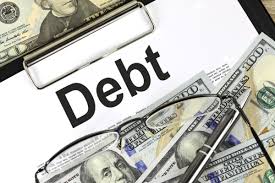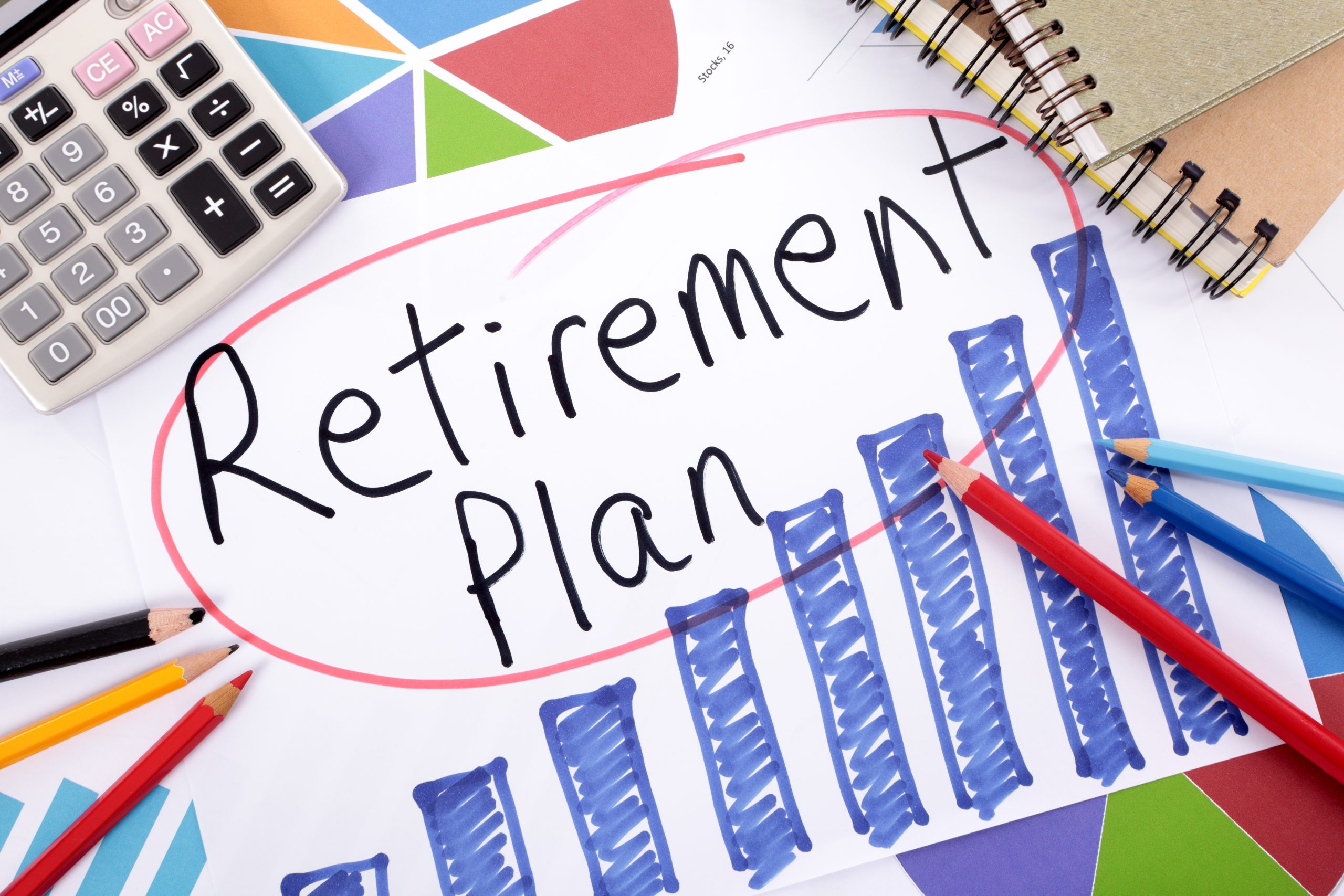
Table of Contents
Retirement Planning Tips for Freelancers
Retirement Planning Tips for Freelancers: Freelancing has become one of the most popular career paths in today’s world. The appeal is clear—you get to be your own boss, choose your clients, work on projects you love, and enjoy flexibility that traditional jobs rarely offer. But with this freedom comes responsibility. Unlike traditional employees, freelancers don’t have the luxury of employer-sponsored retirement plans, pensions, or consistent contributions to savings accounts. That means planning for retirement falls entirely on your shoulders.
While freelancing offers independence, many freelancers put retirement planning on the back burner. The irregular income, lack of formal benefits, and focus on securing the next client often make retirement feel like a distant worry. However, the reality is simple: the earlier you start preparing for retirement, the more secure and stress-free your future will be.
In this guide, we’ll explore practical and effective retirement planning tips specifically tailored for freelancers. Whether you’re new to freelancing or have been doing it for years, these insights will help you build a strong foundation for long-term financial security.
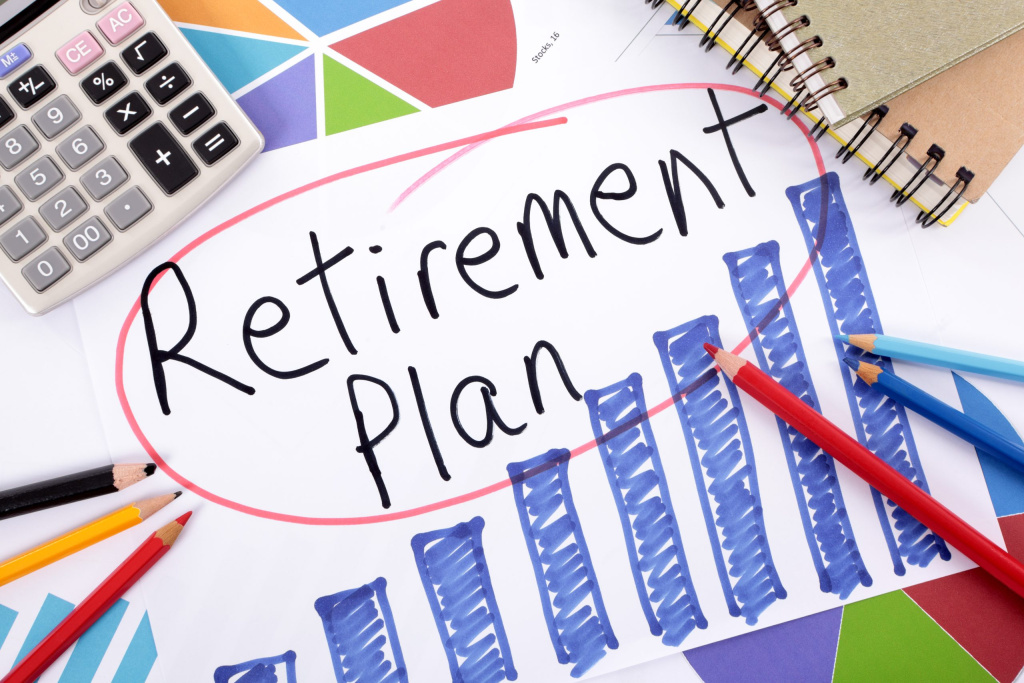
Why Retirement Planning Is Different for Freelancers
When you work a traditional job, your employer typically handles part of your retirement planning. They might offer a 401(k) plan, match contributions, or automatically deduct retirement savings from your paycheck. As a freelancer, none of this is done for you.
Here’s why planning looks different when you’re self-employed:
- Irregular income: You may not receive the same paycheck every month. Some months may be abundant, while others might be slow.
- No employer contributions: Employers often match retirement savings up to a certain percentage, but freelancers don’t receive that benefit.
- Self-managed taxes: Freelancers must pay self-employment taxes and often underestimate their impact on savings.
- Healthcare and insurance: Without employer benefits, freelancers need to factor in health coverage, disability insurance, and life insurance as part of retirement planning.
This doesn’t mean retirement planning is harder for freelancers—it just requires more intention and discipline.
Step One: Define Your Retirement Vision
Before you start saving, take a step back and imagine what retirement looks like for you. Everyone’s vision is unique. Some freelancers dream of traveling the world, while others prefer a quiet, simple life close to family. Defining your retirement lifestyle will guide how much you need to save.
Ask yourself:
- Where do I want to live after retirement?
- Do I want to maintain my current lifestyle or downsize?
- How much will I spend on healthcare, hobbies, or travel?
- At what age do I want to retire?
Once you have a vision, you can calculate approximate costs and set realistic goals.
Step Two: Calculate How Much You’ll Need
Financial planners often recommend aiming for 70% to 80% of your pre-retirement income to maintain a comfortable lifestyle in retirement. For freelancers, that means considering fluctuations in income.
Start by estimating your current annual expenses. Then, project how those expenses might change during retirement. For example:
- You might spend less on commuting or work-related costs.
- Healthcare expenses may increase as you age.
- If you plan to travel more, your budget should include that.
Using retirement calculators can help you get a clearer picture, but the key is to plan generously. It’s always better to overestimate than underestimate.
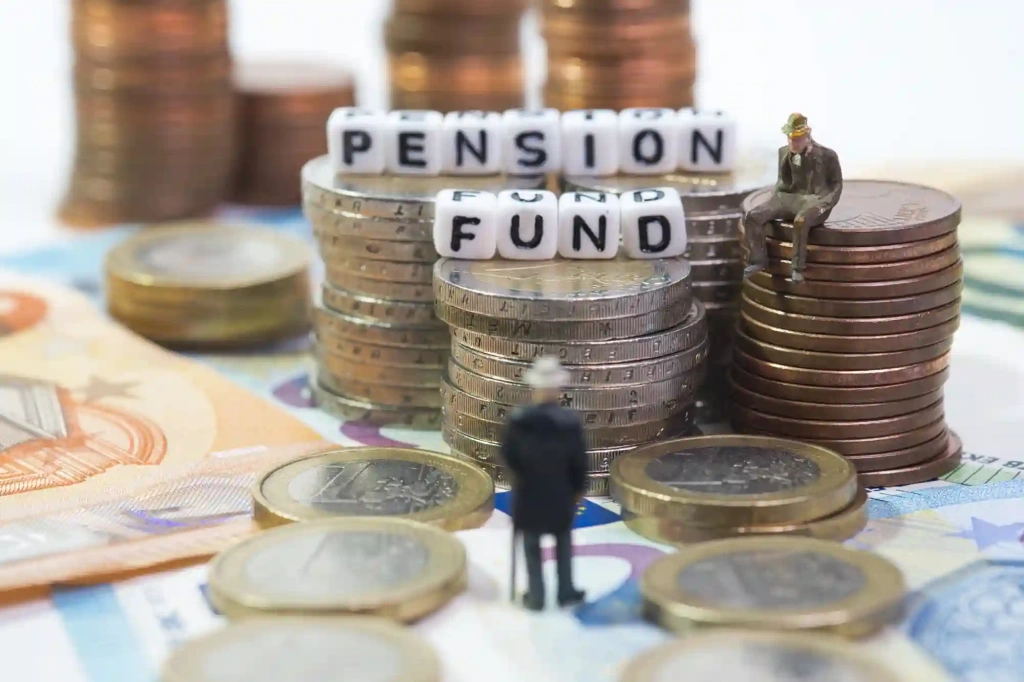
Step Three: Choose the Right Retirement Accounts
Freelancers have several retirement savings options. Each has unique benefits, and choosing the right one depends on your income level and savings goals.
1. Traditional IRA
- Allows you to contribute up to government-set limits each year.
- Contributions may be tax-deductible, lowering your taxable income.
- Withdrawals are taxed during retirement.
2. Roth IRA
- Contributions are made with after-tax income.
- Withdrawals during retirement are tax-free.
- Ideal if you expect your tax rate to be higher in the future.
3. SEP IRA (Simplified Employee Pension)
- Designed for self-employed individuals.
- Higher contribution limits than traditional or Roth IRAs.
- Contributions are tax-deductible.
4. Solo 401(k)
- Perfect for freelancers with no employees.
- Allows higher contributions compared to an IRA.
- Both employer and employee contributions can be made.
Choosing one—or a combination—of these accounts can accelerate your retirement savings while giving you tax advantages.
Step Four: Make Saving Automatic
The biggest challenge freelancers face is irregular income. Some months may be so busy that saving is easy, but during slower months, it’s tempting to skip contributions. That’s why automation is your best friend.
Set up automatic transfers from your business account to your retirement account whenever you get paid. Even if it’s a small amount, consistency is key. Automating savings removes the decision-making process and helps you stick to your plan.
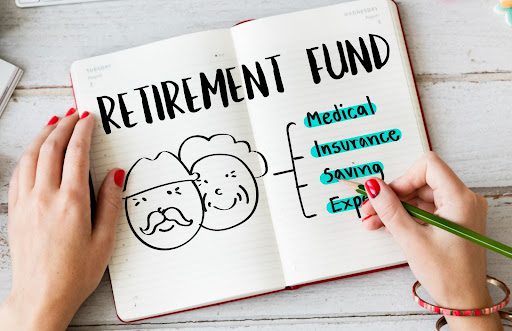
Step Five: Build an Emergency Fund
Before aggressively saving for retirement, freelancers should focus on building a solid emergency fund. Ideally, this should cover six to twelve months of living expenses.
Why so much? Because freelance income can be unpredictable. An emergency fund acts as a buffer during slow periods, so you don’t have to dip into retirement savings early (which often comes with penalties).
Step Six: Diversify Your Investments
Simply putting money into a savings account won’t give you the growth you need for retirement. Inflation will erode its value over time. Instead, consider a mix of investments, such as:
- Stocks: Offer higher growth potential but carry more risk.
- Bonds: Lower risk, steady income, and stability.
- Index funds and ETFs: Provide diversification with lower fees.
- Real estate: A good way to generate passive income.
Diversifying your investments spreads risk and gives you better long-term returns.
Step Seven: Manage Taxes Wisely
Freelancers wear many hats, and managing taxes is one of the most critical. Retirement accounts like IRAs and Solo 401(k)s can reduce your taxable income while building future security.
Keep track of business expenses, hire a tax professional if necessary, and stay informed about tax-advantaged accounts available to the self-employed. Every dollar you save on taxes is another dollar that can go into retirement planning.
Step Eight: Protect Yourself with Insurance
Unexpected events can derail your retirement plans. As a freelancer, you don’t have employer-provided insurance, so it’s up to you to create a safety net. Consider:
- Health insurance to cover medical expenses.
- Disability insurance in case illness or injury prevents you from working.
- Life insurance if you have dependents.
Insurance protects your finances from being wiped out by emergencies, keeping your retirement savings intact.
Step Nine: Continue Upskilling to Secure Your Income
Freelancers rely on their skills to earn. By continuously upgrading your skills, you can command higher rates, attract more clients, and create a stable flow of income. A steady income makes it much easier to plan and contribute consistently toward retirement.
Step Ten: Plan for Multiple Income Streams
Relying solely on client work can be risky. Consider diversifying your income sources, such as:
- Creating digital products (courses, eBooks, templates).
- Offering consulting or coaching services.
- Building passive income streams like investments or rental properties.
Multiple income streams not only secure your present but also strengthen your retirement contributions.
Step Eleven: Revisit and Adjust Your Plan Regularly
Retirement planning is not a one-time task. Life circumstances, income, expenses, and financial goals change over time. Review your plan at least once a year and make adjustments as needed.
Ask yourself:
- Am I saving enough?
- Has my income grown, and should my contributions increase?
- Have my goals or retirement vision changed?
Staying flexible ensures your retirement plan grows with you.
Common Mistakes Freelancers Make in Retirement Planning
Even with the best intentions, many freelancers make mistakes that hurt their retirement security. Avoid these pitfalls:
- Delaying savings: Waiting until later reduces the power of compound growth. Start small, but start now.
- Not separating business and personal finances: Keeping accounts separate makes saving and tax planning much easier.
- Over-relying on cash savings: Inflation reduces cash value—investments are essential.
- Ignoring tax advantages: Failing to use retirement accounts with tax benefits means you miss out on potential savings.
- Skipping insurance: A single medical emergency or accident can derail years of savings.
Psychological Side of Retirement Planning for Freelancers
For many freelancers, work is tied to identity and passion. Some plan to keep freelancing well into retirement because they love what they do. That’s perfectly fine, but it’s important to have savings so you have the freedom to choose whether to work, rather than being forced to.
Retirement planning also provides peace of mind. Knowing you’re prepared helps reduce anxiety about the future and allows you to enjoy the freedom of freelancing without fear of financial insecurity later in life.
Practical Tips to Stay Consistent
- Treat savings like a bill: Pay your retirement account first, just like you would a rent or utility payment.
- Reward yourself for milestones: Celebrate when you hit savings targets to stay motivated.
- Use budgeting tools: Track income and expenses with apps to stay disciplined.
- Collaborate with financial advisors: Professional guidance can help freelancers navigate the complexities of retirement planning.
Conclusion
Freelancing offers freedom and creativity, but it also comes with financial responsibilities that can’t be ignored. Retirement planning may feel overwhelming when you don’t have employer-provided benefits, but with the right approach, it’s entirely manageable.
By defining your retirement vision, choosing the right savings accounts, automating contributions, building an emergency fund, diversifying investments, and protecting yourself with insurance, you can create a secure financial future. Remember, retirement planning for freelancers isn’t about perfection—it’s about consistency. Start small, stay committed, and adjust as your career grows.
The key takeaway is simple: the earlier you start, the better off you’ll be. Retirement may seem far away today, but the steps you take now will determine your freedom and comfort tomorrow. As a freelancer, you already control your career—take control of your retirement too.
Also visit:-
10 Simple Ways to Bring Romance Back into Your Marriage
FAQs on Retirement Planning for Freelancers
1. Why is retirement planning important for freelancers?
Freelancers don’t have employer-sponsored retirement benefits, so planning ensures they can enjoy financial stability and independence later in life.
2. How is retirement planning different for freelancers compared to employees?
Employees may have pensions or 401(k) matches, but freelancers must create and fund their own retirement savings accounts without employer contributions.
3. When should freelancers start saving for retirement?
The best time is now. Even small contributions made early grow significantly over time thanks to compounding.
4. How much should a freelancer save for retirement?
Aim for at least 15–20% of your income, but adjust based on your goals, lifestyle, and retirement vision.
5. What retirement accounts are available to freelancers?
Popular options include Traditional IRAs, Roth IRAs, SEP IRAs, and Solo 401(k)s.
6. What is the best retirement account for freelancers with high income?
A Solo 401(k) or SEP IRA is often best because they allow higher contribution limits.
7. Can freelancers have both an IRA and a Solo 401(k)?
Yes, many freelancers use both to maximize contributions and tax benefits.
8. Should freelancers choose a Traditional or Roth IRA?
It depends on your tax situation. A Traditional IRA offers tax deductions now, while a Roth IRA provides tax-free withdrawals later.
9. How can freelancers save for retirement with irregular income?
Set aside a percentage of every payment received, automate transfers, and build flexibility into your savings plan.
10. What is a Solo 401(k)?
It’s a retirement account designed for self-employed individuals with no employees, allowing both employer and employee contributions.
11. What is a SEP IRA?
A Simplified Employee Pension IRA lets freelancers contribute a larger portion of their earnings with tax advantages.
12. Are retirement contributions tax-deductible for freelancers?
Yes, contributions to Traditional IRAs, SEP IRAs, and Solo 401(k)s may reduce taxable income.
13. Can freelancers get Social Security benefits?
Yes, as long as they pay self-employment taxes, freelancers can qualify for Social Security in retirement.
14. How can freelancers estimate how much money they’ll need for retirement?
Calculate current expenses, adjust for inflation, and aim to replace 70–80% of pre-retirement income.
15. Should freelancers invest in stocks for retirement?
Yes, stocks provide growth potential, but they should be balanced with bonds and other assets for stability.
16. What role does diversification play in retirement planning?
Diversification spreads risk across different investments, reducing the chance of major losses.
17. Is real estate a good retirement investment for freelancers?
Yes, rental properties can provide passive income, but they require careful management.
18. How important is an emergency fund for freelancers?
Very important—having 6–12 months of expenses prevents dipping into retirement savings during slow months.
19. Can freelancers retire early?
Yes, but it requires aggressive saving, disciplined investing, and careful planning.
20. Should freelancers work with a financial advisor?
A financial advisor can help freelancers create a customized retirement plan and manage investments effectively.
21. How do freelancers balance retirement savings with paying off debt?
Focus on high-interest debt first but still contribute at least a small amount to retirement to keep momentum.
22. Should freelancers continue working part-time in retirement?
Many do—it provides income, keeps skills sharp, and reduces how much you need to withdraw from savings.
23. What happens if freelancers don’t save for retirement?
They risk financial insecurity, dependence on Social Security alone, or needing to work indefinitely.
24. Can freelancers use health savings accounts (HSAs) for retirement?
Yes, HSAs offer triple tax advantages and can be a powerful retirement tool if paired with high-deductible health plans.
25. How often should freelancers review their retirement plan?
At least once a year, or whenever major financial changes occur.
26. How do freelancers stay consistent with retirement savings?
Automating contributions and treating savings like a mandatory bill helps maintain discipline.
27. Should freelancers save a fixed amount or a percentage of income?
Saving a percentage is better because it adjusts automatically to income fluctuations.
28. What are the biggest mistakes freelancers make in retirement planning?
Delaying savings, ignoring tax advantages, not diversifying investments, and neglecting insurance.
29. How can freelancers protect retirement savings from inflation?
Invest in assets with growth potential, such as stocks, real estate, and inflation-protected securities.
30. What insurance do freelancers need for retirement planning?
Health insurance, disability insurance, and life insurance are crucial for protecting savings.
31. Can freelancers use annuities for retirement?
Yes, annuities can provide guaranteed income in retirement, though they should be chosen carefully.
32. How do freelancers handle healthcare costs in retirement?
Plan for Medicare, supplemental insurance, and possibly long-term care insurance.
33. What if freelancers start saving late for retirement?
It’s never too late—focus on maximizing contributions, cutting expenses, and investing wisely.
34. Should freelancers keep retirement savings separate from business funds?
Yes, keeping them separate ensures clarity and prevents accidental spending.
35. Can freelancers contribute to retirement accounts during low-income years?
Yes, even small contributions matter, and Roth IRAs are especially beneficial during lower-income years.
36. How can freelancers create passive income for retirement?
Through real estate, dividends, royalties, or digital products that generate ongoing earnings.
37. Should freelancers plan to downsize in retirement?
It depends on lifestyle goals—downsizing can reduce expenses and free up savings.
38. What psychological challenges do freelancers face with retirement?
Many struggle to separate identity from work, making it harder to stop working completely.
39. How can freelancers stay motivated to save for retirement?
Setting clear goals, tracking progress, and celebrating milestones keep motivation high.
40. What’s the single most important tip for freelancers planning retirement?
Start now, no matter how small the amount. Consistency and time are the most powerful tools for building a secure retirement.
Also visit:-



